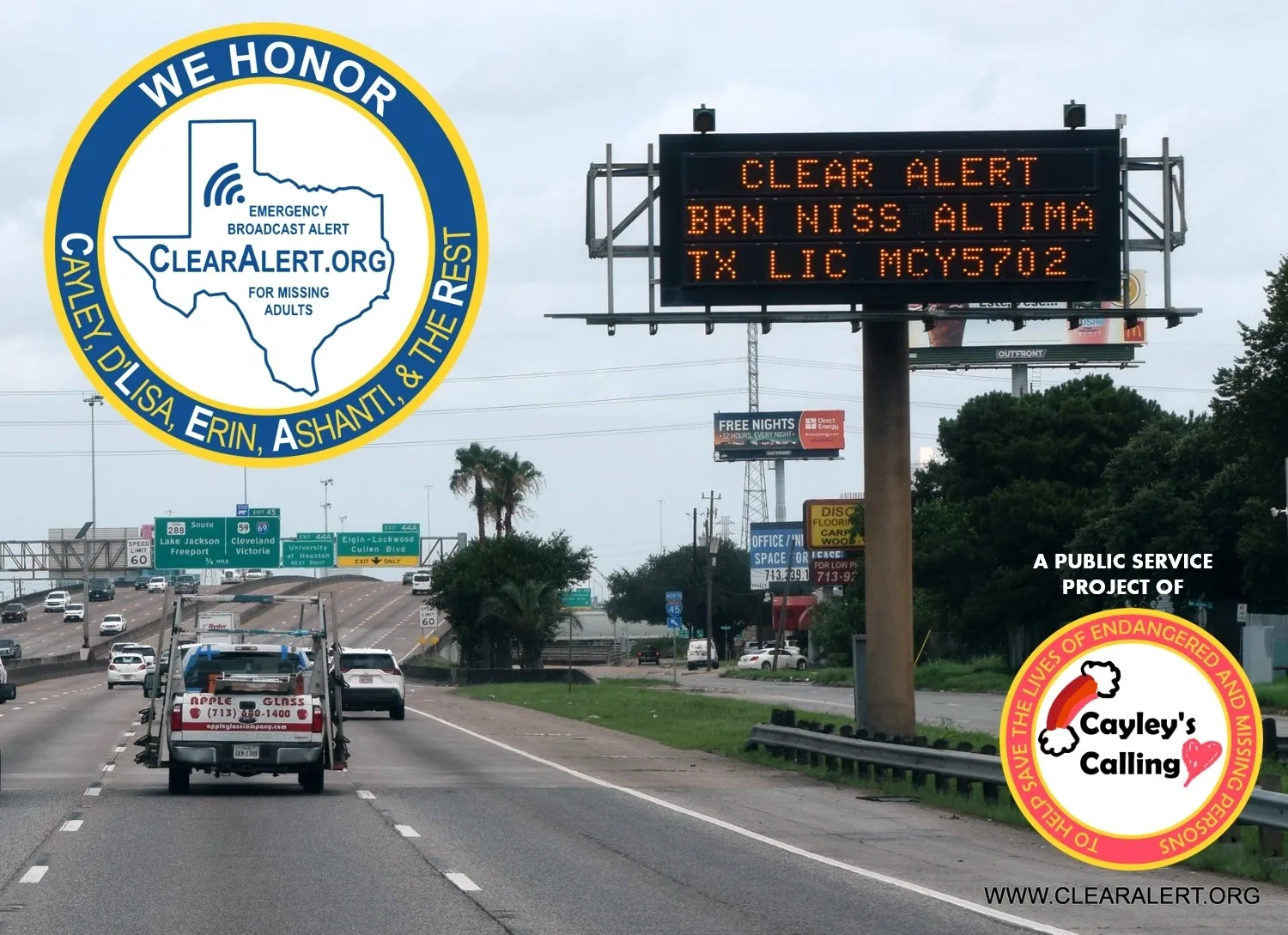If you’re living in Florida and own a boat, chances are you’ve asked yourself at some point, “Can I pressure wash my outboard motor in Florida?” With the state’s abundant waterways, fishing, and boating culture, it’s essential to maintain your equipment. Keeping your outboard motor clean ensures it runs smoothly and lasts longer. In this guide, we’ll cover everything you need to know about pressure washing your outboard motor in Florida, how to do it safely, and some general maintenance tips that will help keep your boat in top shape.
Understanding Outboard Motors
Before jumping into the cleaning process, it’s important to understand a bit about outboard motors. These motors are attached to the outside of a boat and are responsible for propelling the boat through the water. Outboard motors are exposed to a lot of harsh elements, especially in Florida, where saltwater, sand, and even algae can easily build up over time. The saltwater environment in particular can be rough on your motor if it isn’t properly cared for.also read Boss Nails in Jacksonville, Florida: The Ultimate Destination for Perfect Nails
Why Cleaning Your Outboard Motor is Important
Regular cleaning is crucial for the overall health of your outboard motor. Saltwater can corrode metal parts, and dirt or debris can clog important components. If left uncleaned, this can affect performance, reduce fuel efficiency, and even cause permanent damage. Cleaning ensures that your motor runs efficiently and helps prevent costly repairs down the line.
Now that we understand why it’s important to keep your motor clean, let’s dive into whether or not you can pressure wash your outboard motor.
Can I Pressure Wash My Outboard Motor in Florida?
Yes, you can pressure wash your outboard motor in Florida, but with some precautions. Pressure washing is an effective way to clean the exterior of your motor quickly and remove any dirt, salt, or debris that has built up. However, it’s important to be cautious and follow the right steps to avoid causing any damage to sensitive parts of the motor.
Benefits of Pressure Washing Your Outboard Motor
Pressure washing your outboard motor can offer several benefits:
- Quick and Efficient Cleaning: Pressure washing can blast away grime, salt, and algae that are hard to remove by hand.
- Saves Time: Cleaning by hand can take hours, but pressure washing can be done in a matter of minutes.
- Reaches Hard-to-Clean Areas: With a pressure washer, you can reach areas that might be difficult to clean using a regular hose or scrubbing brush.
Precautions to Take When Pressure Washing Your Outboard Motor
While pressure washing can be very effective, you need to take precautions to avoid damaging the motor. Here are some important points to consider before you start:
- Use Low Pressure: Outboard motors are sensitive, and using high pressure can damage important parts like seals, gaskets, and electronics. Always use a pressure washer that allows you to adjust the pressure, and keep it on a low setting.
- Avoid Sensitive Areas: Don’t spray directly into any electrical components, vents, or other sensitive areas of the motor. You don’t want water getting into places where it shouldn’t, as it could cause short circuits or other damage.
- Keep Distance: Make sure to keep the nozzle of the pressure washer at least a foot away from the motor. This reduces the risk of causing any damage.
- Use a Wide Spray Nozzle: A wide spray pattern helps distribute the water more evenly, reducing the chance of damaging any part of the motor with a concentrated blast of water.
Step-by-Step Guide to Pressure Washing Your Outboard Motor
Now that you know the precautions, let’s go through a step-by-step guide on how to pressure wash your outboard motor.
Step 1: Prepare Your Motor
Before you start pressure washing, make sure your outboard motor is turned off and has cooled down. Remove any loose dirt or debris by wiping it down with a cloth. If possible, cover any sensitive electrical parts to prevent water from getting inside.
Step 2: Rinse the Motor
Start by rinsing the motor with water from a regular hose to remove any loose dirt, salt, or grime. This will make the pressure washing process easier.
Step 3: Set Up the Pressure Washer
Choose a pressure washer with an adjustable setting. Set the pressure to a low or medium setting. Attach a wide spray nozzle to distribute the water more evenly.
Step 4: Start Pressure Washing
Begin by standing at least a foot away from the motor and slowly spray water over the surface. Move the nozzle in smooth motions and avoid concentrating the spray on one spot for too long. Focus on the exterior surfaces and avoid spraying directly into any vents or electrical areas.
Step 5: Apply Soap (Optional)
If the motor is very dirty, you can use a soap solution that is safe for marine use. Some pressure washers have a built-in soap dispenser, or you can apply the soap manually with a sponge. Let the soap sit for a minute before rinsing it off.
Step 6: Rinse Off the Soap
Once you’ve applied the soap, rinse the motor thoroughly to make sure there’s no residue left behind. Continue to use low pressure and move in smooth motions over the surface.
Step 7: Dry the Motor
After you’re done washing, dry off the motor with a soft, clean cloth. This will help prevent water spots and ensure that no water is left sitting on the surface, which could cause corrosion.
What Happens if You Don’t Clean Your Outboard Motor?
Failing to clean your outboard motor regularly can lead to serious issues. Saltwater is corrosive, and without regular cleaning, it can eat away at the metal components of your motor. Over time, this can lead to rust, which can damage critical parts of the motor, making it less efficient or even unusable. Additionally, dirt and debris can clog important cooling systems, which can cause the motor to overheat and lead to expensive repairs.
Alternative Methods for Cleaning Your Outboard Motor
If pressure washing isn’t an option or you don’t feel comfortable using one, there are other methods you can use to clean your motor effectively:
- Manual Cleaning: Use a sponge, soft brush, and a bucket of soapy water to manually clean the exterior of your motor. While it takes more time, it’s a safe and effective way to clean your motor.
- Flushing the Motor: After each use, especially in saltwater, it’s important to flush the motor to remove any salt or debris that may have built up inside. You can do this using a freshwater hose attachment designed for outboard motors.
- Using Marine-Grade Cleaners: There are various cleaners available that are specifically designed for marine use. These products can help remove tough grime without damaging your motor.
Environmental Considerations in Florida
In Florida, it’s also important to consider environmental regulations when pressure washing your outboard motor. Make sure that the runoff from the pressure washing doesn’t flow directly into the water, as this could harm marine life. If possible, wash your motor in a designated cleaning area or on land, where the water can be safely filtered.
Final Thoughts: Is Pressure Washing the Best Option?
In short, yes, you can pressure wash your outboard motor in Florida, but it’s not always the best option for every situation. While pressure washing can quickly and effectively clean the exterior of your motor, it’s important to take the necessary precautions to avoid damage. Always use low pressure, avoid spraying sensitive areas, and consider alternative cleaning methods if you’re unsure.
Regular cleaning and maintenance will ensure that your outboard motor stays in great condition, performs well, and lasts for many years. Whether you decide to pressure wash or manually clean your motor, taking the time to care for it properly will save you time, money, and headaches in the long run.
Now, you should feel confident answering the question, “Can I pressure wash my outboard motor in Florida?”—and you can do so with the knowledge that you’re taking good care of your equipment.





